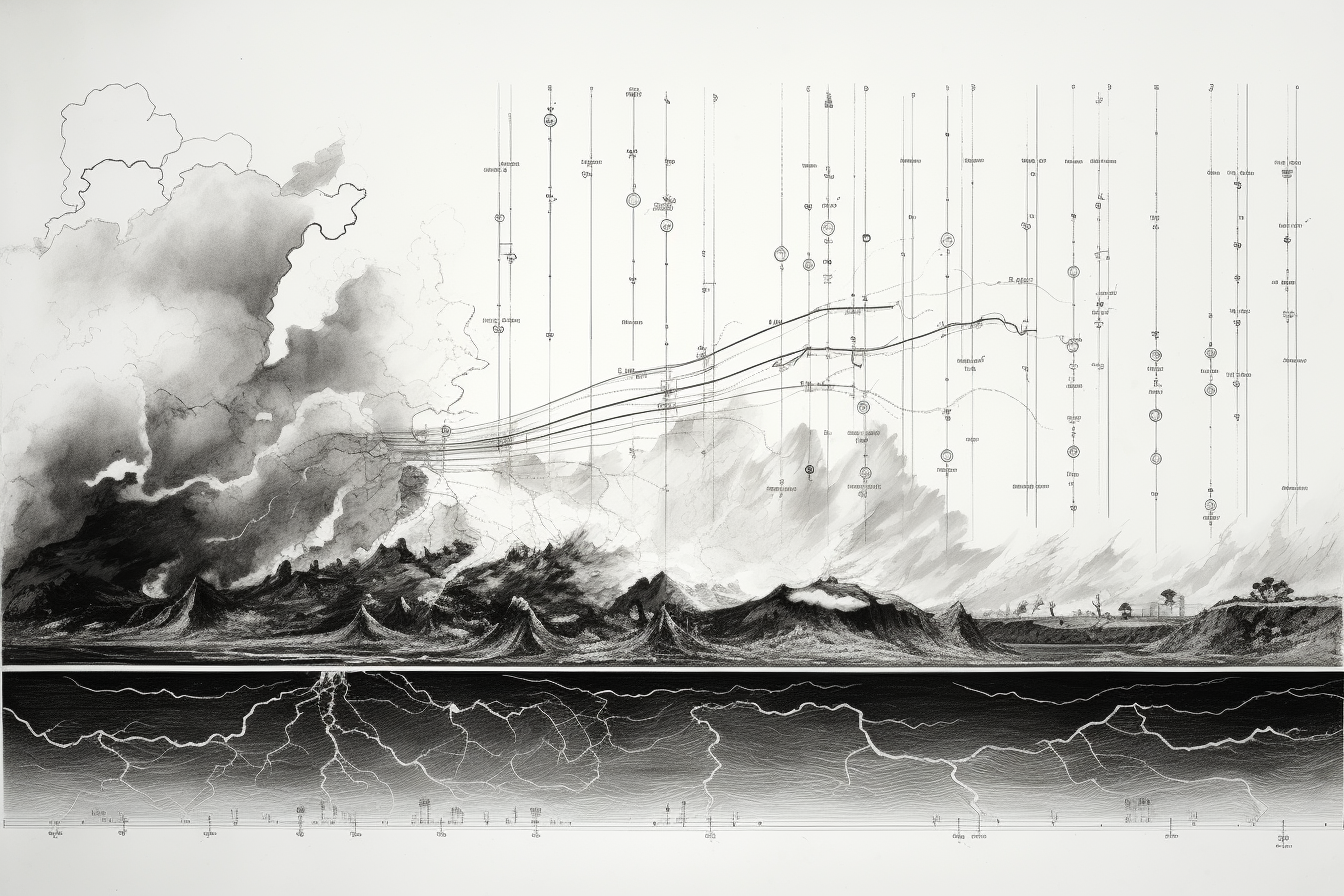Journal of Hydrology Volume 593, February 2021 | Ali Javed, Scott D. Hamshaw , Byung Suk Lee, Donna M. Rizzo
Unlocking the Secrets of Storms and Water Quality: A Closer Look at River Dynamics
Posted: December 14, 2025

When it rains heavily, we often see rivers swell, carrying not just water but also bits of soil, nutrients, and other materials. These are important factors for the health of our water bodies. Critical Zone researchers study how the concentration of these materials in rivers changes as they flow. This helps us understand how nature copes with big storms and what it means for our environment.
Usually, when scientists study these changes during storms, they use something called a "hysteresis loop." Imagine a river as a line graph on a piece of paper. One side of the graph shows the river's flow, and the other side shows the concentration of materials. The loop helps scientists see how these two things relate.
However, the loop has its limitations. It can hide some details, like how the concentration changes with time during a storm. So, scientists have come up with a new way to study this. It's called the "multivariate event time series (METS) clustering approach."
This new method is like a detective, looking for clues in the river's behavior. To make sure it works, scientists tested it using computer-generated data. It passed the test with flying colors. Now, they're using it on real data from rivers in the northeastern United States, in a place called the Lake Champlain Basin. They're especially interested in the watersheds, which are areas where all the rain flows into a single river.
What did they find? Well, this new METS method revealed four types of events that happen when there's a lot of rain. These events are like different characters in a story. By studying these characters, scientists can understand what happens to the rivers during big storms.
But that's not all. Scientists are also using the traditional hysteresis loop method alongside the new METS method. It's like using two different maps to explore the same territory. This way, they can get a more complete picture of what's happening in the rivers when it storms.
By studying the rivers in this way, scientists can learn more about how the weather and the environment are connected. It's like putting together a puzzle to see the big picture. And that big picture can help us take care of our rivers and the world around us.


 Big Data
Big Data